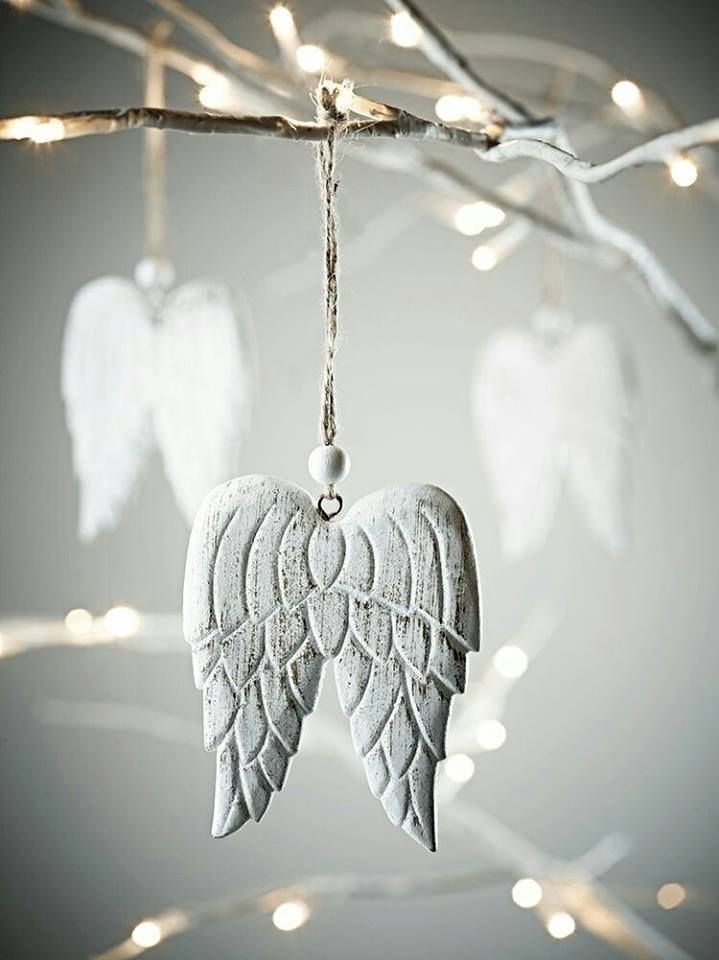Drawing from nature to make your own eco-friendly art supplies by nick Neddo
- Koöko Fleurs
- Sep 4, 2024
- 3 min read

"The landscape is not only a source of inspiration, it can be walked for its beauty, but also for its richness. Soil becomes pigment, charcoal wood, paper sheets... Nick Neddo invites you to tap into nature with respect and curiosity, he shows you how to reconnect with ancestral techniques and practice your art without necessarily going through the fine arts department. Making a felt from a birch stalk and then drawing that same tree is a unique experience. Creating your material with natural elements provides deep satisfaction, it also allows you to feel the strengths and weaknesses of a material, and to understand its creative abilities. You will no longer look at the nature around you in the same way. From the earth to the canvas, there's only one step...."
This is aimed at artists, nature enthusiasts, do-it-yourselfers and explorers, creators, enthusiastic and sensitive amateurs.


Nick Neddo’s “Puiser dans la nature pour fabriquer son matériel d’artiste” is a remarkable guide that seamlessly blends ecological mindfulness with artistic creativity. Aimed at artists, nature enthusiasts, do-it-yourselfers, and explorers, this book is a treasure trove for anyone passionate about creating art from natural materials.
Neddo invites readers on a journey to rediscover ancient techniques and craft their own art supplies from the natural world. From turning earth into pigments to crafting charcoal from wood and making paper from leaves, the book is filled with detailed instructions and inspiring illustrations. This hands-on approach not only fosters a deeper connection with nature but also promotes sustainable practices in art-making.

What sets this book apart is its emphasis on personal growth and cultural heritage. By engaging with the natural environment, readers can experience a form of art therapy that is both grounding and transformative. The process of creating art materials from scratch encourages mindfulness and a profound appreciation for the resources around us.
Moreover, Neddo’s work highlights the importance of preserving diverse cultural traditions. By reviving these ancient techniques, the book serves as a bridge between past and present, offering a contemporary take on traditional art forms. This fusion of old and new makes it a compelling read for both seasoned artists and enthusiastic amateurs alike.
In essence, “Puiser dans la nature pour fabriquer son matériel d’artiste” is more than just a guide—it’s an invitation to explore, create, and grow. Whether you’re an artist looking to expand your toolkit or someone seeking a therapeutic connection with nature, this book offers valuable insights and inspiration. It’s a testament to the beauty of ecological progress and the power of personal growth through art.
I hope this captures the essence of the book for you! Let me know if there’s anything else you’d like to add or adjust.
“Puiser dans la nature pour fabriquer son matériel d’artiste” by Nick Neddo covers a variety of fascinating techniques for creating art materials from natural resources.
Here are some specific techniques highlighted in the book:
Making Pigments from Earth: Learn how to extract and process natural pigments from different types of soil and rocks to create your own paints.
Crafting Charcoal from Wood: Discover the process of turning wood into high-quality charcoal for drawing.
Creating Paper from Leaves: Instructions on how to make paper using leaves and other plant fibers.
Making Brushes from Animal Hair and Plant Fibers: Detailed steps on how to craft brushes using materials like animal hair and plant stems.
Binding Books with Natural Materials: Techniques for binding your own sketchbooks and journals using natural adhesives and fibers.
These techniques not only provide a sustainable way to create art supplies but also deepen your connection with nature and enhance your appreciation for the materials you use. Each project is designed to be both educational and therapeutic, making this book a valuable resource for artists and nature enthusiasts alike.
Would you like to know more about any specific technique?












Comments